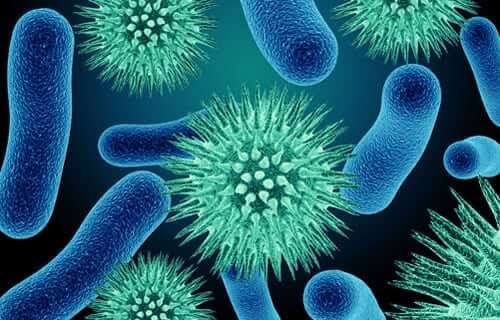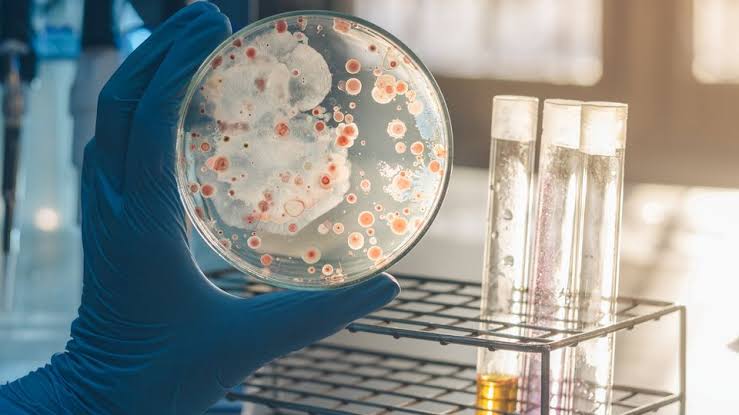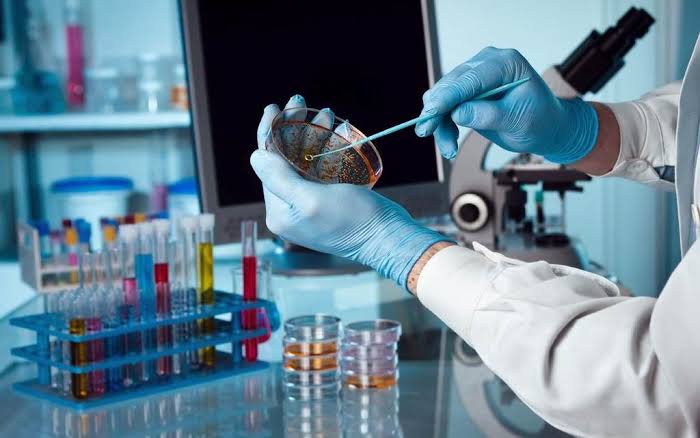
Differentiation Between True Pathogens, Opportunistic Pathogens, and Commensals
1. True Pathogens
True pathogens are microorganisms that can cause disease in healthy individuals with a fully functioning immune system. They possess specific virulence factors that enable them to invade host tissues, evade the immune response, and cause damage. Examples of true pathogens include bacteria such as Streptococcus pneumoniae, which can cause pneumonia, and viruses like the influenza virus. These pathogens are capable of causing disease regardless of the host’s health status.
2. Opportunistic Pathogens
Opportunistic pathogens are organisms that typically do not cause disease in healthy individuals but can lead to infections when the host’s immune system is compromised or altered. This alteration can occur due to various factors such as immunosuppressive therapies, chronic diseases (like diabetes), malnutrition, or conditions like HIV/AIDS. Opportunistic pathogens exploit these vulnerabilities to establish infections. Common examples include Candida albicans, which can cause yeast infections in immunocompromised hosts, and Pseudomonas aeruginosa, which may infect patients with weakened immune systems or those with burns.
3. Commensal Organisms
Commensal organisms are microbes that live on or within a host without causing harm; they often exist in a symbiotic relationship where neither party benefits significantly from the interaction. These organisms are part of the normal flora of humans and play essential roles in maintaining health by aiding digestion, producing vitamins, and preventing colonization by pathogenic microbes through competitive inhibition. For instance, certain strains of Escherichia coli are considered commensals in the human gut but can become opportunistic pathogens under specific circumstances.
In summary:
- True pathogens: Cause disease in healthy individuals.
- Opportunistic pathogens: Cause disease primarily in immunocompromised hosts.
- Commensal organisms: Live harmlessly within a host and contribute positively to health.
Routes of Transmission of Infection
Infections can be transmitted through various routes, each with distinct mechanisms by which pathogens spread from one host to another. Understanding these routes is crucial for implementing effective infection control measures. Below are the primary routes of transmission:
1. Airborne Transmission
Airborne transmission occurs when infectious agents, such as bacteria or viruses, are carried in the air via aerosols—tiny particles that can remain suspended in the air for extended periods. This type of transmission allows diseases to spread over long distances and does not require close contact with an infected person. For example, diseases like tuberculosis and measles can be transmitted through airborne particles when an infected individual coughs or sneezes.
2. Respiratory Transmission
Respiratory transmission involves the transfer of infectious agents through respiratory droplets produced when an infected person coughs, sneezes, talks, or breathes. These droplets are larger than aerosols and typically travel only a short distance (usually less than 6 feet). If another person inhales these droplets or they land on mucous membranes (like the nose or mouth), they can become infected. Common illnesses transmitted this way include influenza and COVID-19.
3. Fomite Transmission
Fomite transmission refers to the spread of infectious agents via inanimate objects or surfaces that have been contaminated with pathogens. Common fomites include doorknobs, light switches, telephones, and utensils. When a person touches a contaminated surface and then touches their face (especially their mouth, nose, or eyes), they can introduce pathogens into their body.
4. Direct Contact Transmission
Direct contact transmission occurs when infectious agents are transferred from one person to another through physical contact. This includes touching, hugging, kissing, or any other form of direct skin-to-skin interaction. It also encompasses sharing personal items such as food or utensils that may carry pathogens from an infected individual.
5. Sexual Transmission
Sexually transmitted infections (STIs) are passed between individuals through sexual intercourse and other sexual activities. Pathogens involved in STIs include bacteria (like Chlamydia), viruses (such as HIV), and parasites (like Trichomonas). The transmission occurs through direct contact with bodily fluids during sexual activity.
6. Transfusion-Transmitted Infections (TTIs)
TTIs occur when blood-borne pathogens are introduced into a recipient’s bloodstream via blood transfusions. To mitigate this risk, blood donor screenings—including questionnaires and laboratory tests—are essential to ensure the safety of donated blood.
7. Vector-Borne Transmission
Vector-borne transmission involves living organisms (vectors) that carry disease-causing pathogens from one host to another without being affected themselves. Common vectors include insects like mosquitoes and ticks that transmit diseases such as malaria and Lyme disease through bites.
8. Enteric (Fecal-Oral) Transmission
Enteric transmission occurs when infectious agents spread from feces to the mouth of another individual, often due to poor sanitation practices or hygiene failures. This route is common for gastrointestinal infections caused by viruses like norovirus or bacteria like Salmonella.
9. Vertical Transmission
Vertical transmission refers to the passage of pathogens from mother to child during pregnancy or childbirth. This can occur in utero via the placenta or during delivery through the birth canal if the mother has an active infection such as syphilis or HIV.
Each route of infection emphasizes different aspects of pathogen behavior and human interaction; thus understanding them is vital for public health strategies aimed at preventing disease outbreaks.
Colonization, Pathogenesis, Spread, and Excretion of Infectious Agents
Colonization
Colonization refers to the establishment of a pathogen within a host organism. This process begins when a pathogen successfully adheres to host tissues, often facilitated by specific surface structures such as pili or adhesins that allow the pathogen to attach firmly. Once attached, the pathogen can multiply and establish itself in the host environment. Colonization does not necessarily lead to disease; it is possible for pathogens to reside in the host without causing any harm. However, successful colonization is a critical first step for many infectious agents as it sets the stage for potential pathogenesis.
Pathogenesis
Pathogenesis is the biological mechanism through which an infectious agent causes disease. It encompasses several stages:
- Entry: Pathogens must enter the host through specific portals such as mucous membranes, skin breaks, or respiratory tracts.
- Invasion: After entry, pathogens may invade deeper tissues and evade the host’s immune response using various strategies like producing enzymes that degrade tissue barriers or secreting toxins that damage cells.
- Multiplication: Successful pathogens reproduce within the host, leading to increased numbers that can overwhelm local defenses.
- Damage: The damage caused by pathogens can be direct (due to cell lysis or toxin production) or indirect (through immune-mediated responses). The severity of disease often correlates with both the virulence of the pathogen and the immune status of the host.
Spread
The spread of infectious agents refers to their transmission from one individual to another or from one location in a host to another site. This can occur through various routes:
- Direct Contact: Physical transfer from one person to another (e.g., touching).
- Indirect Contact: Transmission via contaminated surfaces or objects (fomites).
- Airborne Transmission: Pathogens can be aerosolized and inhaled.
- Vector-borne Transmission: Some pathogens are transmitted through vectors like mosquitoes or ticks.
- Zoonotic Transmission: Diseases can also spread from animals to humans.
Understanding these modes of spread is crucial for implementing effective public health measures aimed at controlling outbreaks.
Excretion
Excretion involves the removal of infectious agents from an infected individual back into the environment, facilitating further transmission. Pathogens can be excreted through various bodily fluids and waste products:
- Respiratory Secretions: Coughing or sneezing expels droplets containing pathogens.
- Feces: Many gastrointestinal pathogens are shed in stool.
- Urine: Certain viruses and bacteria are excreted in urine.
- Skin Lesions: Infected wounds may release pathogens directly into surroundings.
Effective control measures often focus on reducing excretion rates among infected individuals to limit further spread.
In summary, colonization is essential for establishing infection; pathogenesis describes how disease develops; spread outlines how infections transmit between hosts; and excretion details how pathogens leave an infected individual.







